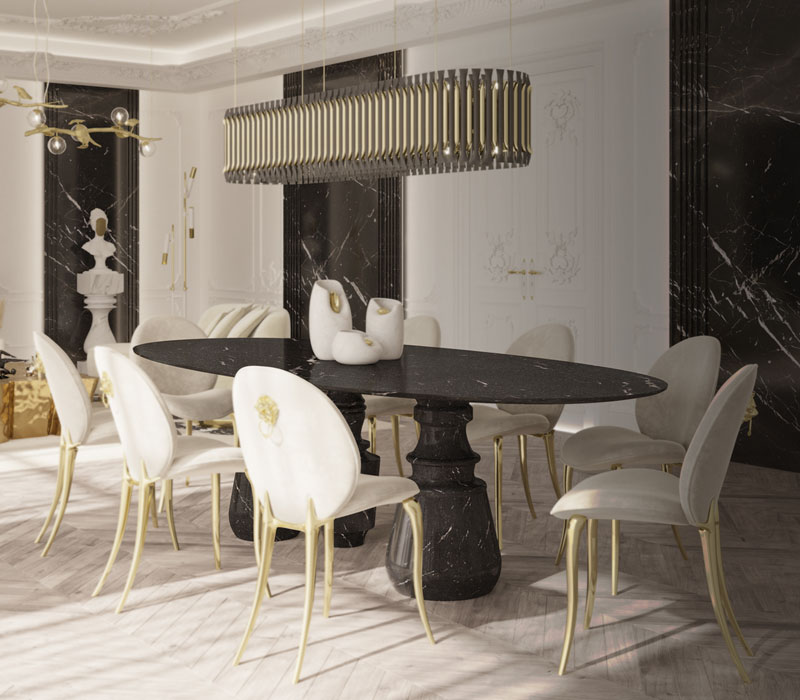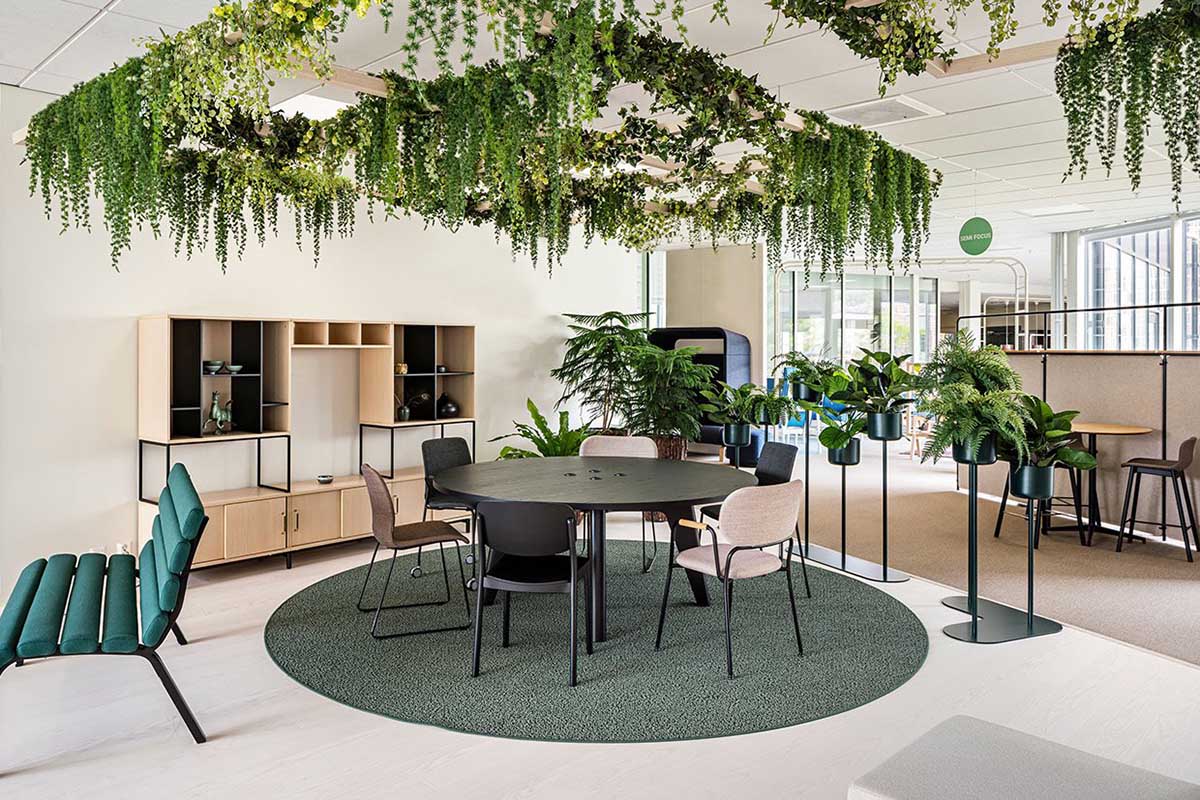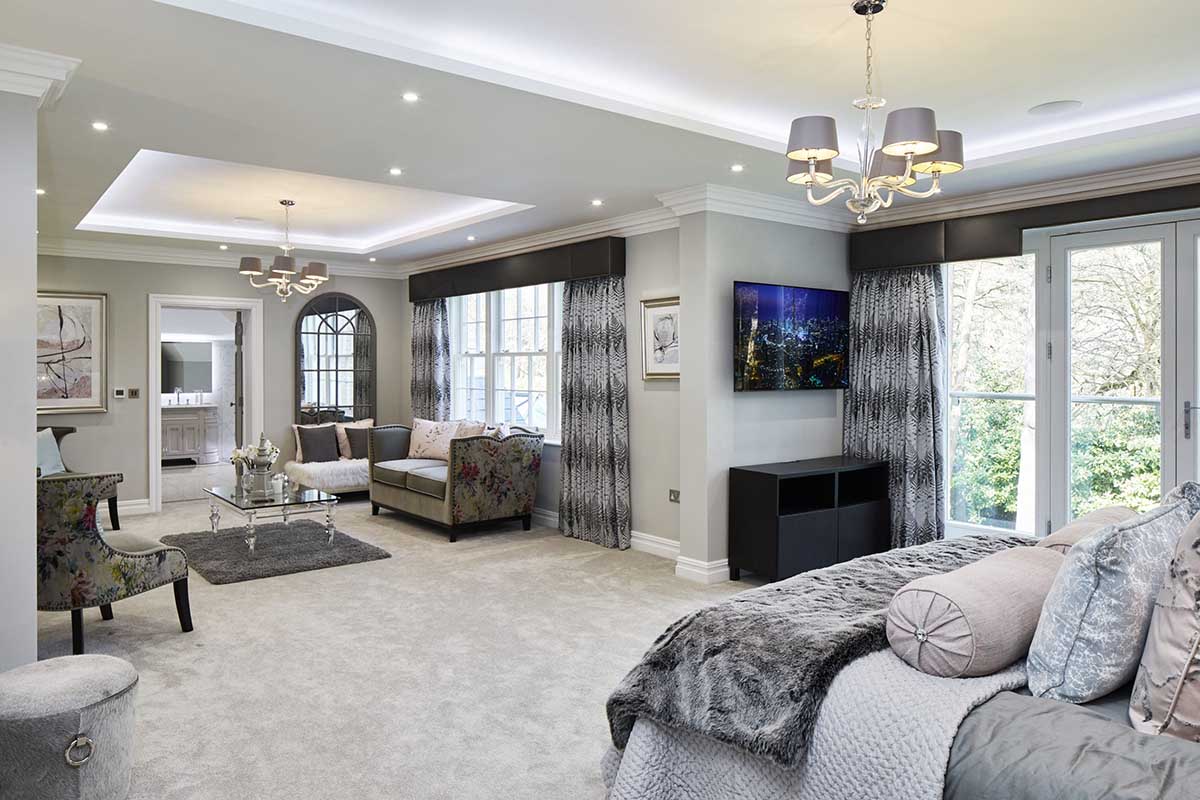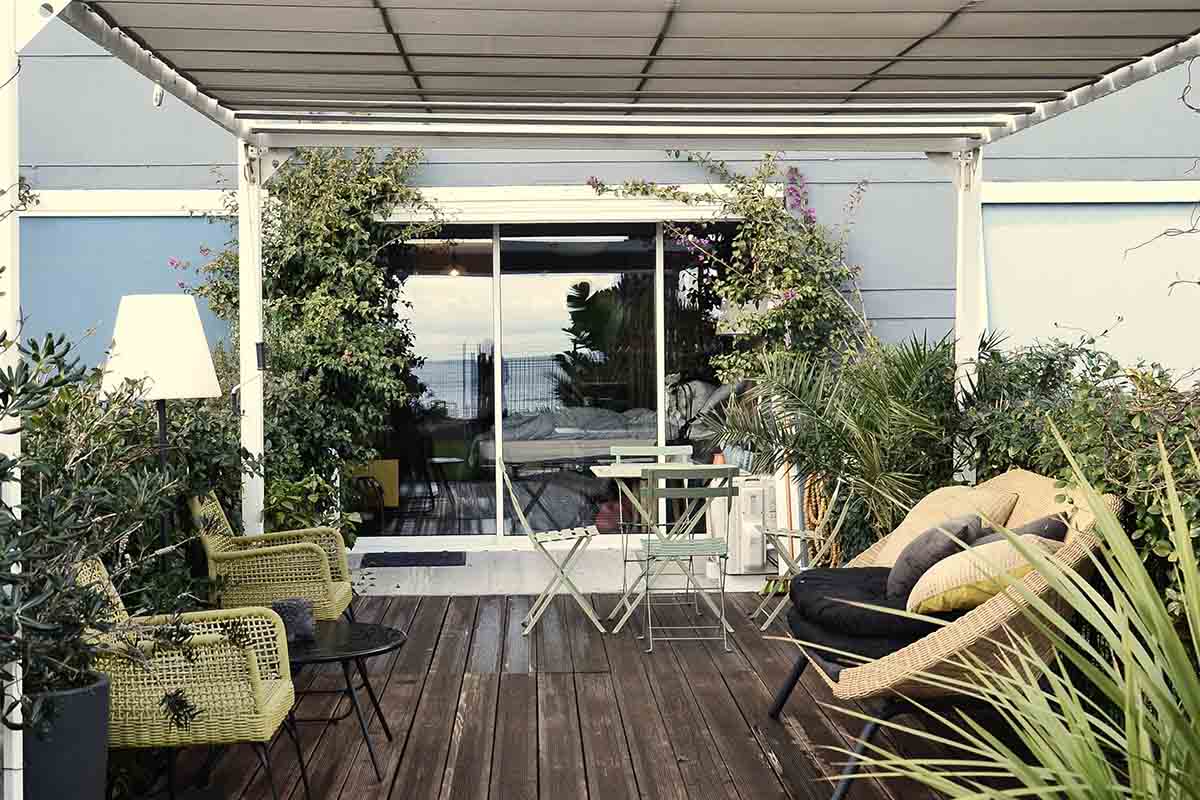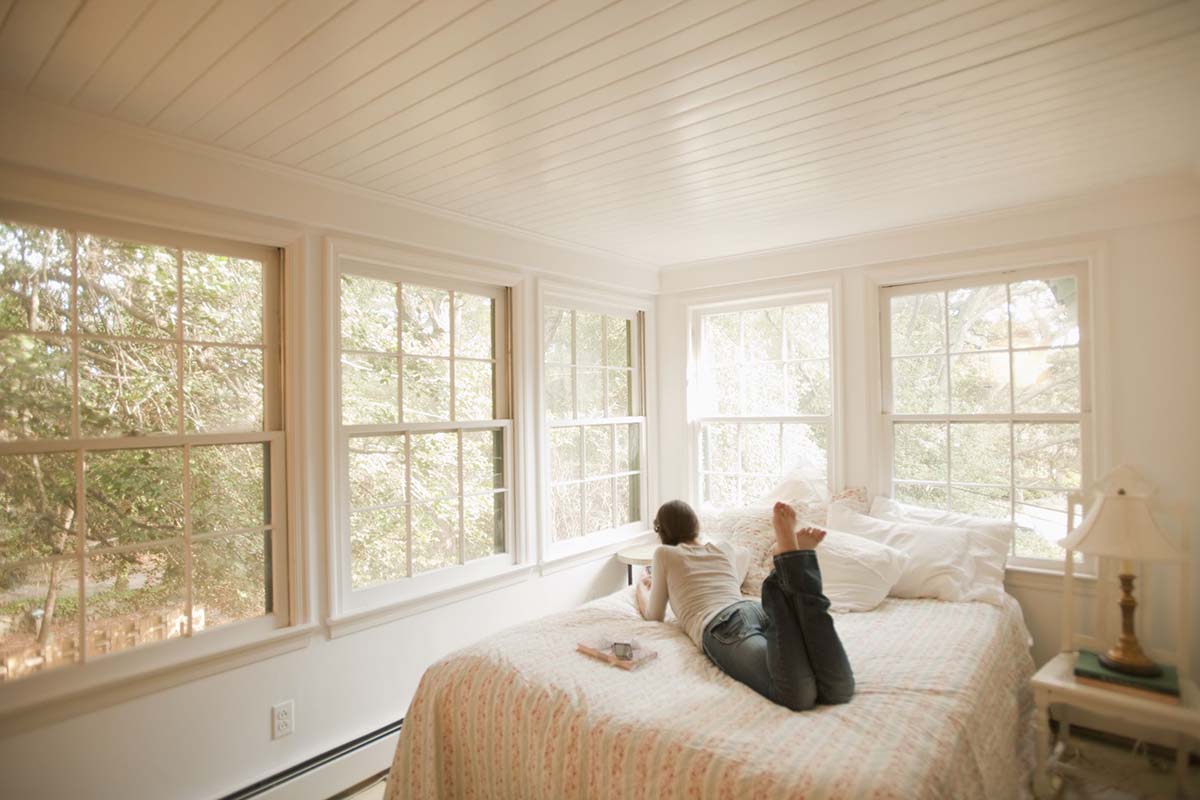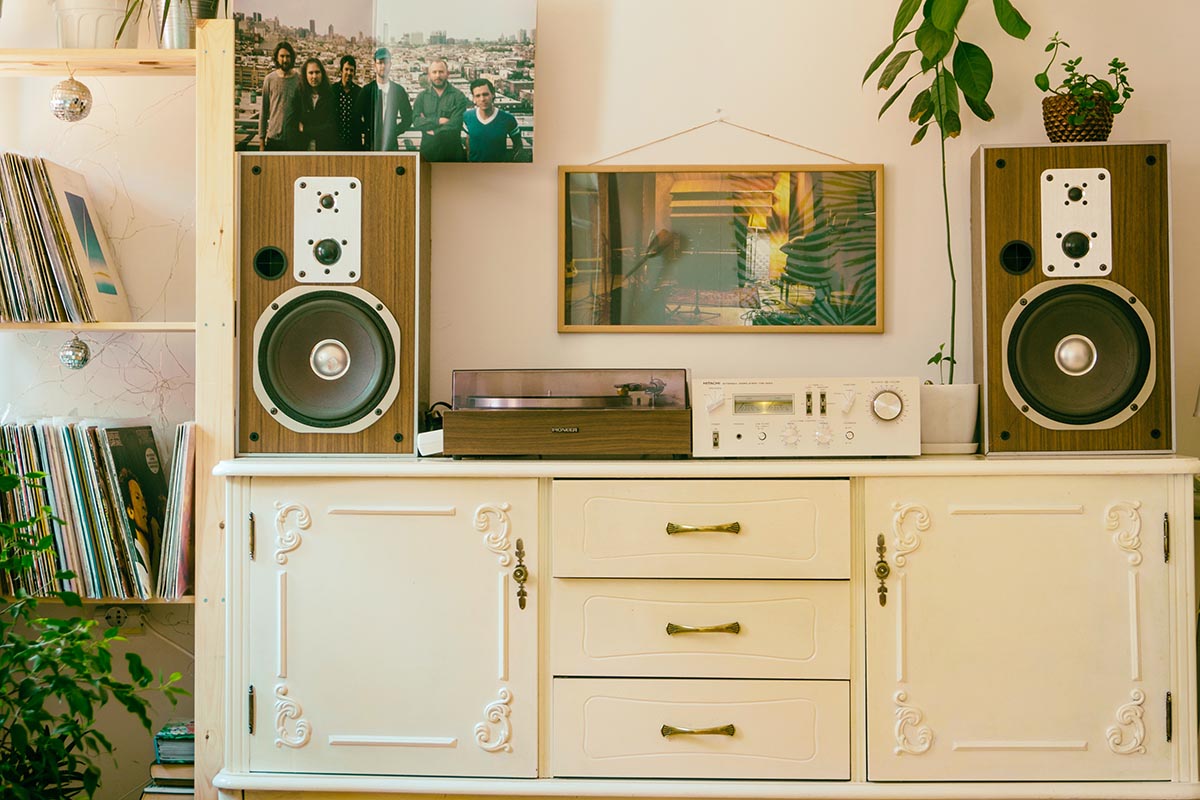Interior Design Trends 2030: The Future of Interior Design
You may seem to think that 2020 is a long time away, but if you think about it, we will live in 2026 just in the half of the year.
Technological advancements have changed how we think and do things in every industry, including interior architecture.
It is only a matter of time before technology will transform some of our practices and force us to comply in a specific manner, which some interior designers may not be familiar with.
This is why it is vital for us, as interior architects, to be up to speed with all the recent technological advancements in the industry that will soon take over how we do business.
Once you have a rough idea about what is out there, you can prepare yourself and accommodate such changes in your practice.
Here are some interior design trends in 2030 or the predictions that determine the future of interior design.
You should incorporate it into your way of doing things now because this is the future of interior design and what people want to see.
Futuristic aesthetics taking over
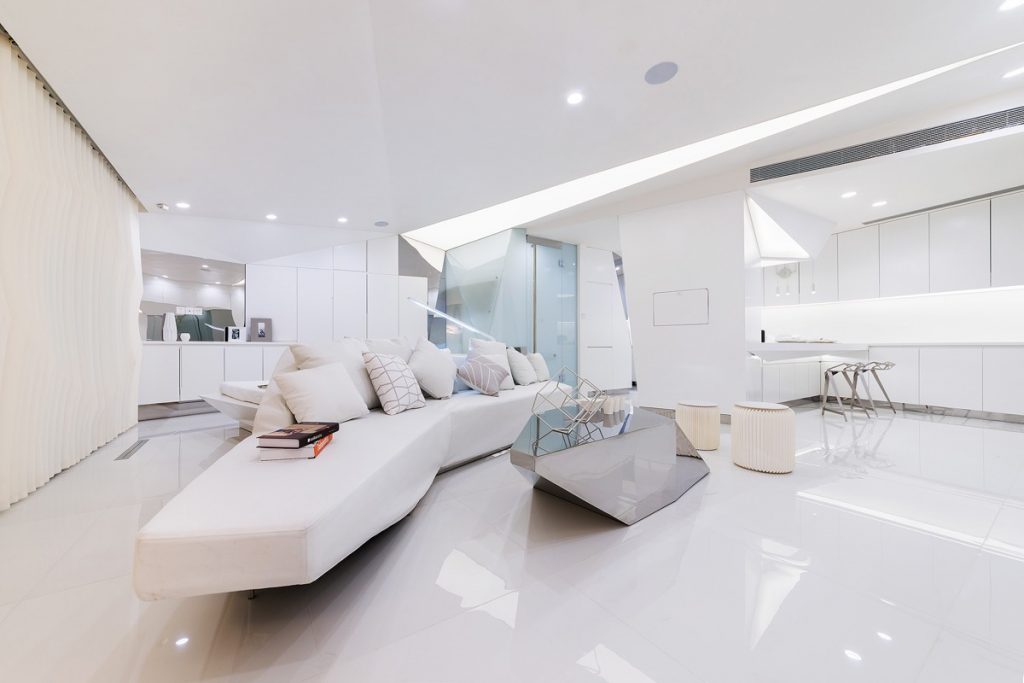
We live in a day and age where Artificial Intelligence, Virtual Reality, and more sophisticated technology determine the pattern of digital trends.
This means it is also beginning to greatly impact interior design and architecture.
People now prefer more modern and futuristic aesthetics in their homes than traditional designs.
Minimalism has also become a trend in interior design, and this will determine what people want in their house, from beds to shower panel system, being a product of digital technology.
People have already begun to embrace technology in their houses; this is why the new interior design needs to be more accommodating to these new preferences.
Global Fusion
Global fusion in interior design celebrates the beauty of cultural diversity, weaving together influences from around the world to create captivating and harmonious spaces.
Elevating global fusion transcends mere eclectic arrangements; it embraces cultural appreciation, creativity, and a shared sense of belonging.
Here’s how global fusion can be elevated to redefine interior design:
- Thoughtful Cultural Integration: Global fusion should prioritize thoughtful integration of cultural elements. It involves a deep understanding of the cultural significance of design elements, ensuring that they are respectfully incorporated to create cohesive and meaningful spaces.
- Storytelling through Design: Elevating global fusion involves using design as a powerful medium for storytelling. Each element in the space can represent a unique cultural narrative, allowing occupants to connect with diverse histories and traditions.
- Cross-Cultural Collaboration: Designers can elevate global fusion by engaging in cross-cultural collaborations. Partnering with artisans, craftsmen, and designers from different regions enables the exchange of ideas, fostering a rich tapestry of cultural expressions.
- Sustainability and Fair Trade: Embracing sustainable and fair trade practices in global fusion design ensures that materials and products are sourced responsibly, respecting both the environment and the communities involved in their creation.
- Global Art and Craftsmanship: Elevating global fusion involves showcasing the artistry and craftsmanship of various cultures. Incorporating handcrafted textiles, ceramics, and artwork adds authenticity and uniqueness to the design.
- Fusion of Traditional and Contemporary: Global fusion blends traditional and contemporary design aesthetics. Embracing innovation while preserving cultural heritage creates spaces that are timeless yet relevant.
- Harmonious Color Palette: Elevating global fusion involves a balanced color palette reflecting diverse cultures’ essence. Thoughtfully curated color schemes draw inspiration from nature, traditional art, and cultural symbolism.
- Cross-Cultural Iconography: Global fusion celebrates iconic symbols and motifs from different cultures. These can be skillfully combined to create a visual language that resonates with occupants and tells a story of shared humanity.
- Inclusivity and Representation: Elevating global fusion requires a commitment to inclusivity and representation. Spaces should celebrate diversity, embracing design elements from various ethnicities, regions, and traditions.
- Social Impact: Global fusion can have a positive social impact when designers support local communities and social enterprises. Empowering artisans and communities through design collaborations can lead to sustainable development and cultural preservation.
- Mindful Curation: A key aspect of elevating global fusion is the conscious curation of design elements. Each piece should be carefully selected considering its cultural context, craftsmanship, and impact on the overall space.
- Encouraging Curiosity and Appreciation: Global fusion can elevate interior design by encouraging curiosity and appreciation for different cultures. Spaces become gateways for exploration and learning, fostering a sense of open-mindedness and mutual respect.
Elevating global fusion in interior design transcends borders, bridging cultures and celebrating the rich tapestry of human expression.
By embracing diverse influences with respect and sensitivity, global fusion becomes a transformative force in creating unique, captivating, and inclusive spaces that reflect the beauty of our interconnected world.
Working remotely

Another impact of technological advances is that people have become increasingly connected, so much so that the world seems much smaller than before.
This has enabled people to work from home, as well as people in the interior architecture industry.
A project can be completed wherever you are, disabling the need for an office environment.
More and more companies are practicing this approach to reduce commute and rent costs.
So if you work more from home, you need a space in your house to channel all your creative energy without disruptions.
Your space should be designed in such a way that it will stimulate creativity so you stay motivated to keep working.
You can look into ergonomic furniture that is comfortable to work with, as designers have to sit for excessively long periods. Remember, your dining table cannot be your workstation.
Here is a quick guide to your ultimate home office setup.
Newer preferences
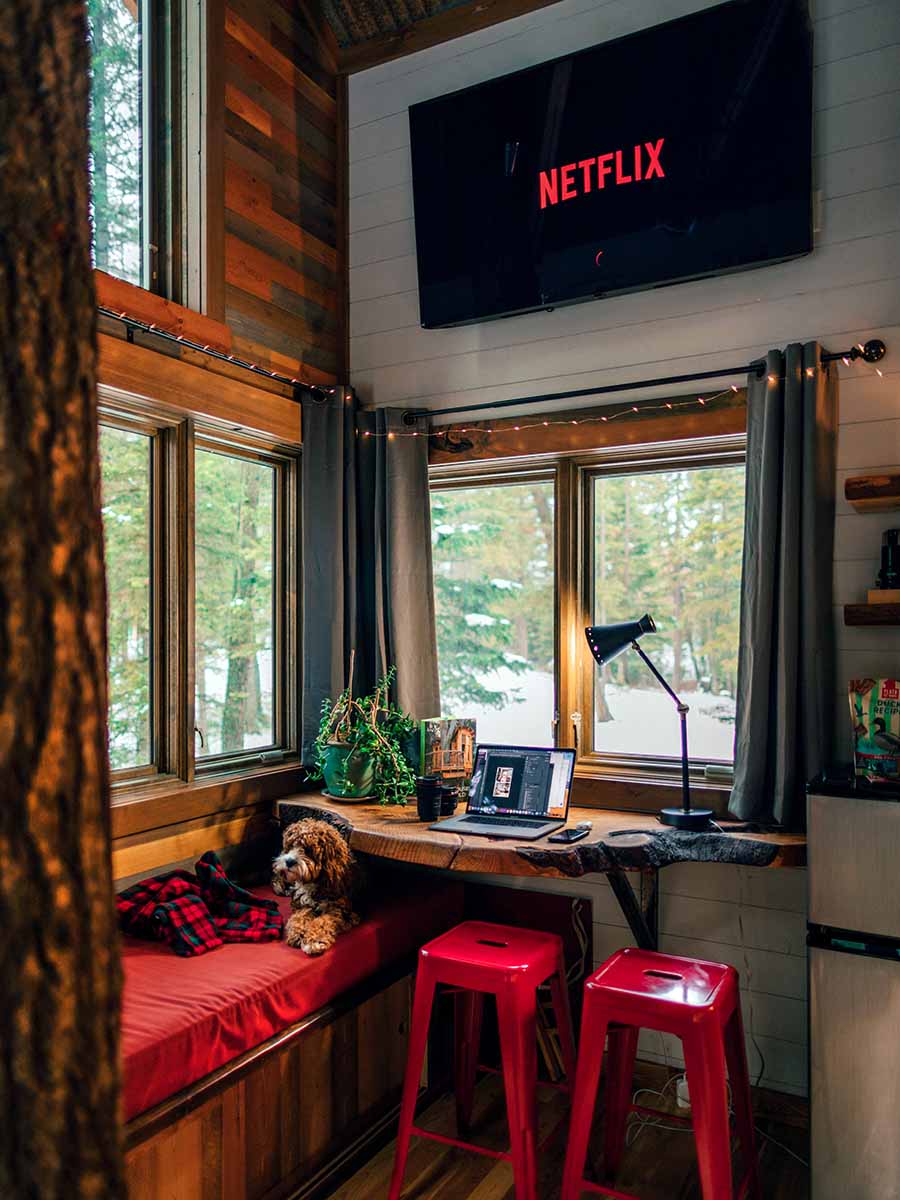
The newer generation demands a fresher and more individualistic design for their homes.
People no longer want what everyone else has, as people did in our parents’ age.
They demand to stand out and for their home to showcase their personality and style through the design and furniture.
The newer generation also realizes the need to be more environmentally friendly and is determined to incorporate this approach into their lives.
This is why there is a surge of demand for recyclable and reusable products over any other kind of product.
Check the major differences between the Millennial Generation and Gen Z. There is also an increase in the minimalism trend whereby people are opting for smaller houses and apartments since there is a fixed amount of land but a growing population.
This means that interior designers have to come up with ways that will cater to such needs and wants of this generation when it comes to their homes and the living situation.
Biophilic Design
The biophilic design represents a decisive shift in how we approach architecture and interior design.
By weaving nature into our built environments, we can create spaces that elevate our living experiences and inspire a harmonious coexistence with the natural world.
As biophilic principles continue to evolve and expand, they promise to transform our spaces into nurturing and sustainable havens for generations to come.
- Holistic Well-being: Biophilic design goes beyond aesthetics; it prioritizes the well-being of occupants by fostering a deep connection with nature. Spaces incorporating biophilic elements can reduce stress, boost creativity, improve cognitive function, and enhance happiness.
- Environmental Sustainability: Biophilic design aligns with sustainable practices, encouraging using renewable resources and eco-friendly materials. Promoting environmental consciousness contributes to the broader effort of creating greener and healthier living spaces.
- Healthcare Innovations: Biophilic design is increasingly embraced in healthcare settings for its potential healing properties. Research indicates that access to nature and biophilic elements can accelerate recovery rates and reduce patient anxiety in medical facilities.
- Productivity and Creativity: Biophilic design has been shown to enhance employee productivity and creativity in workplaces. Bringing nature indoors creates a conducive environment that encourages innovative thinking and problem-solving.
- Residential Sanctuaries: Biophilic design transforms homes into serene sanctuaries, promoting relaxation and rejuvenation. Natural light, indoor plants, and calming water features offer a respite from the hustle of daily life, creating spaces where families can thrive.
- Architectural Integration: Biophilic design harmoniously blends nature with architecture, blurring the lines between indoor and outdoor spaces. Green roofs, living walls, and courtyards enrich building design, creating unique, sustainable, and visually striking structures.
- Therapeutic Gardens: Biophilic design extends beyond interiors to include therapeutic outdoor spaces. Healing gardens and sensory landscapes benefit patients, residents, and visitors, promoting physical and emotional well-being.
- Biophilic Lighting Design: Integrating natural lighting strategies into biophilic design maximizes energy efficiency while providing occupants with a healthy dose of natural sunlight. It enhances circadian rhythms, optimizing sleep patterns and daily routines.
- Future Innovations: As technology advances, the biophilic design might see new applications, such as virtual nature experiences, interactive elements, and adaptive environments that respond to occupants’ emotional and physiological needs.
Sustainability
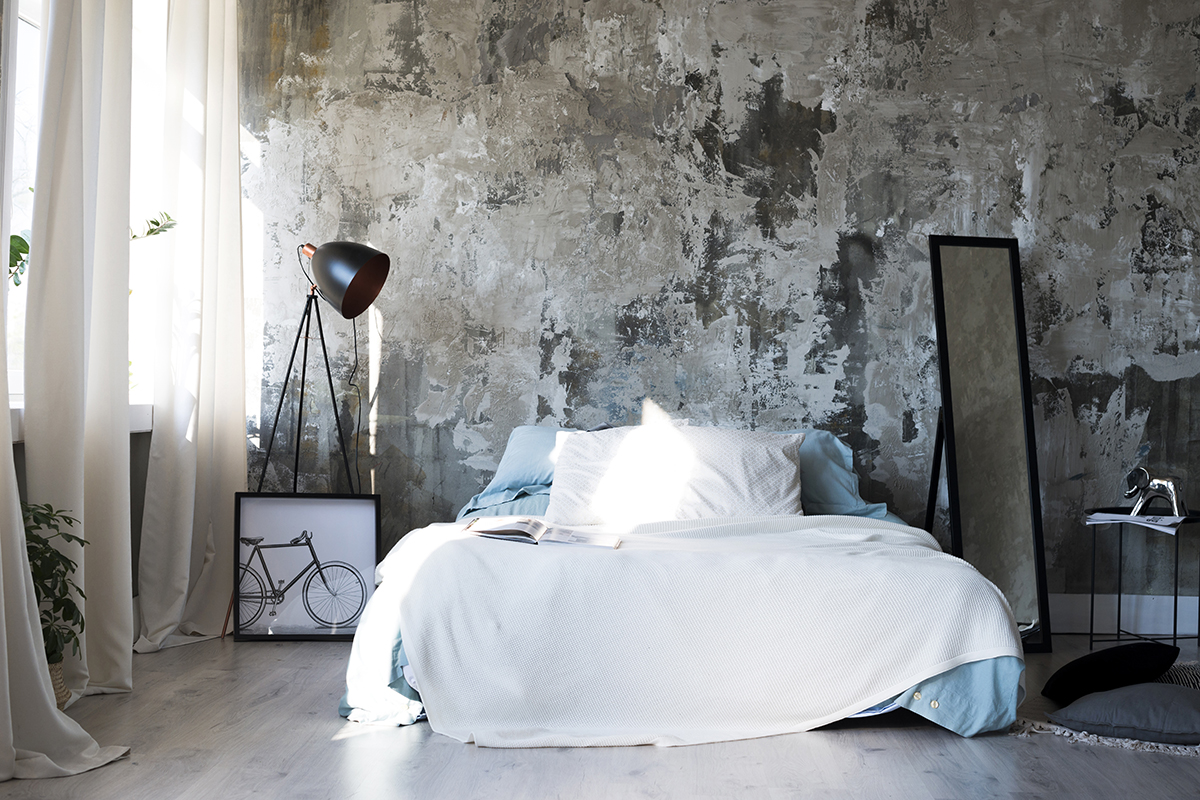
Since minimalism is becoming increasingly adopted by millennials, they opt for color schemes that make spaces look bigger and more modern.
People will also go for more durable furniture instead of their appearance for sustainability purposes, which is why wood and glass are popular.
However, in interior design trends 2030, this does not mean that people will completely disregard the appearance of the furniture pieces; it just means they will look for things that evoke some emotions in them, making them more meaningful.
Lighting in these spaces will play a crucial role in enhancing the aesthetics of the space, which is why interior designers are now more than ever studying lighting in different places with different color schemes.
Smart homes
In a rapidly advancing digital age, smart homes are poised to redefine modern living, seamlessly integrating intelligent technology into our daily routines.
Elevating smart homes goes beyond mere convenience; it envisions a harmonious fusion of innovation, sustainability, and enhanced well-being. Here’s how smart homes can be elevated to revolutionize the way we live:
- Human-Centric Design: Smart homes of the future will be designed with a human-centric approach, prioritizing user experiences and well-being. User interfaces will be intuitive and accessible, catering to people of all ages and abilities, fostering a sense of empowerment and inclusivity.
- Sustainability and Energy Efficiency: Elevating smart homes means embracing eco-friendly practices. Integrating renewable energy sources, intelligent energy management systems, and energy-efficient appliances will help reduce carbon footprints, promote sustainability, and create greener living environments.
- Seamless Interconnectivity: Smart homes will offer a unified ecosystem where devices communicate effortlessly, enabling streamlined automation and personalized experiences. A cohesive network of interconnected devices will create a symphony of efficiency, where each element complements the other.
- Predictive and Adaptive Intelligence: Smart homes will evolve beyond reactive automation, incorporating predictive and adaptive intelligence. Machine learning algorithms will anticipate user preferences and lifestyle patterns, making proactive adjustments to enhance comfort, security, and energy savings.
- Privacy and Security: Smart homes will prioritize user privacy and data security as technology advances. Advanced encryption methods and robust cybersecurity protocols will safeguard sensitive information, giving homeowners peace of mind while enjoying the benefits of a connected home.
- Augmented Reality Home Design: The future of smart homes will include augmented reality (AR) home design tools. Homeowners can visualize and customize their spaces virtually, experimenting with different layouts, furniture, and smart devices before implementation.
- Health and Wellness Integration: Elevating smart homes means embracing technologies that promote well-being. Smart homes will integrate health-monitoring devices, offering real-time data on vital signs and environmental factors that impact health.
- Adaptive Ambient Intelligence: Ambient intelligence will enhance the living experience, creating spaces that respond to occupants’ needs without explicit commands. Smart homes will intuitively adjust lighting, temperature, and ambiance to suit activities and moods.
- Enhanced Personalization: Smart homes will offer hyper-personalization, tailoring experiences to individuals’ preferences. From lighting and climate settings to entertainment choices, smart homes will cater to each family member’s unique tastes.
- Sustainable Material Innovation: The materials used in smart home construction and furnishings will embrace sustainable and biodegradable alternatives, reflecting a commitment to environmental responsibility.
- Inclusive and Accessible Design: Elevating smart homes means ensuring that smart technologies are accessible to everyone. Smart home features will be designed with inclusivity, catering to individuals with disabilities and special needs.
- Integration of Virtual Assistants: Virtual assistants will play a central role in smart homes, evolving into sophisticated AI companions that seamlessly manage tasks, answer queries, and facilitate communication within the household.
Elevating smart homes goes beyond adopting individual technologies; it envisions a comprehensive and transformative integration of intelligent systems that enrich our lives, promotes sustainability, and foster a profound connection between technology and humanity.
As smart home technology advances, these elevated ideals will shape the future of modern living, redefining what it means to call a house a “home.”
Wholesome habits
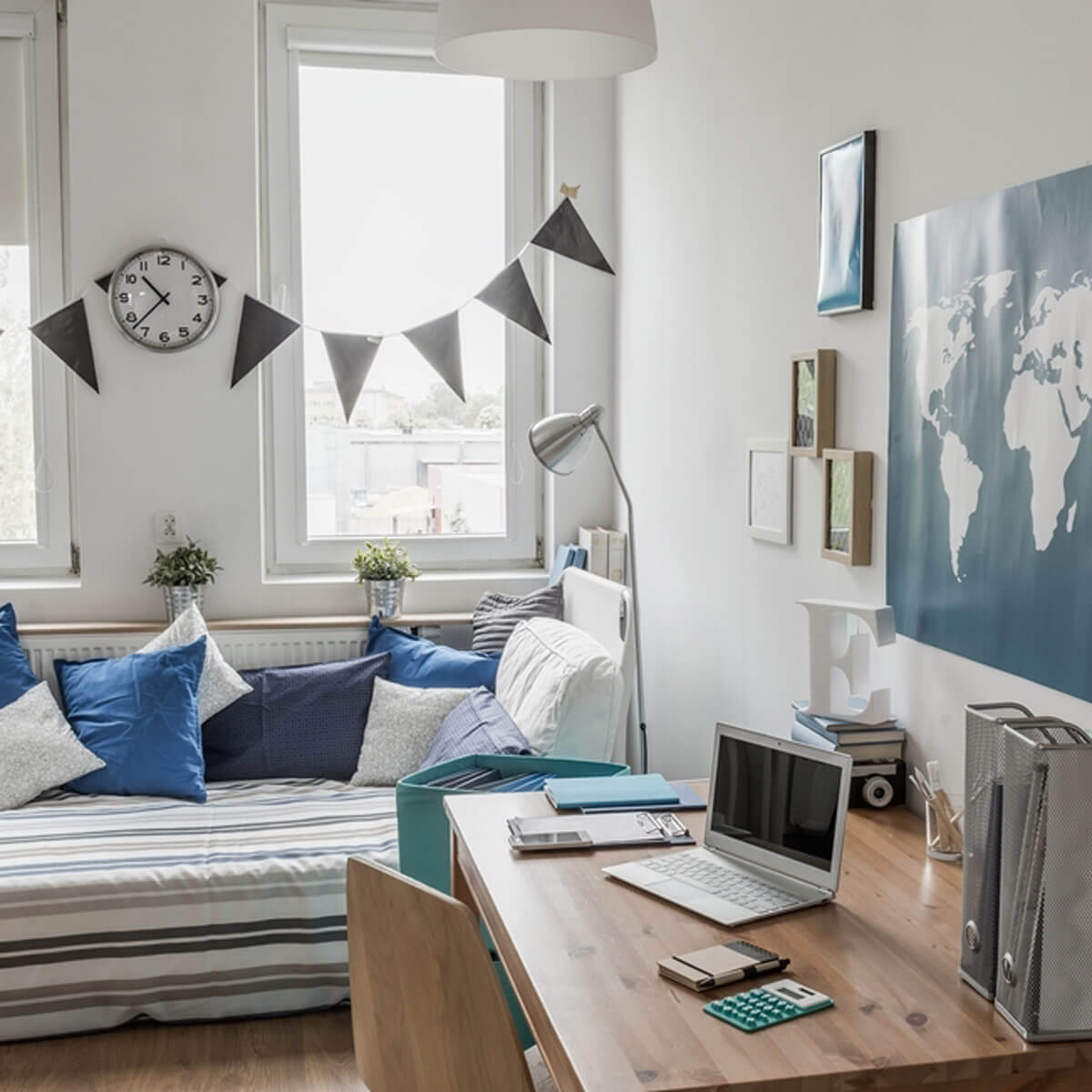
People want to surround themselves with objects that will positively impact them.
This also means they are beginning to adopt healthier lifestyle choices.
This also will affect the décor of their houses as interior design trends 2030.
For instance, people want more plants in their houses; they want to bring the gym to their house and have vibrant colored paintings that give the room a more radiant vibe.
I hope you enjoyed this article on the future of interior design.

